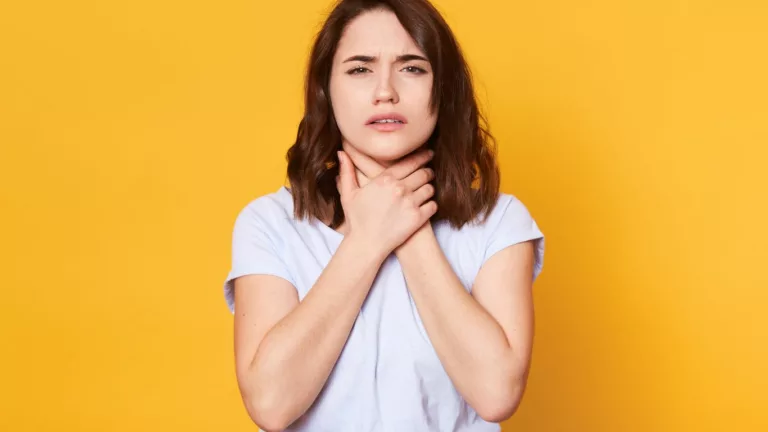Childhood Asthma Treatment Options – A Comprehensive Guide
When your child is diagnosed with asthma, it can feel overwhelming. But the good news is that there are a variety of treatment options available to help manage the condition and improve their quality of life. Let’s explore these treatment options so you can make informed decisions about the care your child needs.
Why Proper Asthma Management is Crucial for Children
Asthma can impact a child’s ability to play, go to school, and even sleep well at night. Left untreated, it can lead to more serious health issues, including frequent hospital visits or long-term lung damage. Effective asthma management allows children to control their symptoms, avoid triggers, and maintain an active lifestyle.

Key Childhood Asthma Treatment Options
Here’s a breakdown of the most commonly used treatments for childhood asthma:
1. Inhalers: Quick Relief and Long-Term Control
Inhalers are typically the first line of treatment for asthma in children. They deliver medication directly to the lungs, making it easier to control symptoms.
Rescue Inhalers: These are fast-acting medications, often called bronchodilators, that provide quick relief during an asthma attack. They help relax the muscles around the airways, making it easier to breathe. Common rescue inhalers include albuterol or levalbuterol.
Preventive Inhalers: These inhalers contain steroids or other medications that help prevent asthma flare-ups by reducing inflammation in the airways. They are meant to be used regularly (even when the child isn’t having symptoms) to keep asthma under control.

2. Oral Medications
Sometimes, inhalers alone aren’t enough to control asthma symptoms. In these cases, doctors may prescribe oral medications, including:
Leukotriene Modifiers: These medications block chemicals in the body that can cause asthma symptoms. Montelukast (Singulair) is one of the most common leukotriene modifiers used to treat asthma in children.
Corticosteroids: Oral corticosteroids, like prednisone, are typically used for short-term flare-ups or to get asthma under control when other medications aren’t effective. They reduce inflammation in the airways, but because of potential side effects, they are usually not a long-term solution.
3. Allergy Medications
Since asthma is often triggered by allergies, controlling allergic reactions can help prevent asthma flare-ups. Allergy medications may include:
Antihistamines: These help control allergy symptoms like sneezing, itching, and congestion, which can trigger asthma attacks.
Immunotherapy: Allergy shots or sublingual tablets can help desensitize the child to allergens over time, potentially reducing asthma symptoms triggered by allergies.
4. Nebulizers: An Alternative for Younger Children
For very young children who have trouble using an inhaler, a nebulizer might be recommended. A nebulizer turns liquid medication into a fine mist, making it easier for children to inhale the medicine. It’s especially useful for children under the age of 5, as they may not be able to coordinate the use of an inhaler correctly.
5. Breathing Exercises and Physical Therapy
Breathing exercises and physical therapy may be recommended as complementary treatments. These exercises, like diaphragmatic breathing or pursed-lip breathing, can help children improve their lung function, manage shortness of breath, and reduce anxiety during an asthma attack.
Lifestyle Changes and Home Environment Adjustments
While medications play a huge role in asthma management, lifestyle changes and environmental factors are equally important.
1. Identify and Avoid Triggers
Asthma can be triggered by a variety of factors, including:
- Allergens: Dust mites, mold, pet dander, and pollen are common asthma triggers.
- Cold Air and Weather Changes: Sudden temperature changes can make asthma symptoms worse.
- Smoke and Strong Odors: Cigarette smoke, strong perfumes, and cleaning products can irritate the airways.
- Exercise: Some children experience exercise-induced asthma, especially during vigorous activity.
Working with your child’s doctor to identify triggers can help you make the necessary adjustments in your home and daily routine.
2. Create an Asthma-Friendly Home
Making your home asthma-friendly is one of the best ways to help manage your child’s condition. Here are a few tips:
- Reduce Dust and Allergens: Use allergy-proof pillowcases and mattress covers, regularly wash bedding in hot water, and use a vacuum cleaner with a HEPA filter to reduce dust mites.
- Control Pet Dander: If your child is allergic to pets, try to keep pets out of their bedroom and off furniture. Regular grooming can also help reduce dander.
- Keep the Air Clean: Use an air purifier with a HEPA filter and avoid smoking indoors.
When Should You See a Doctor?
While many children with asthma can manage their symptoms effectively at home, it’s important to stay in touch with your child’s healthcare provider. If your child experiences more frequent asthma attacks, has trouble with medications, or if their symptoms don’t improve, it’s time to reach out to their doctor for further evaluation and adjustment of their treatment plan.

Conclusion
Asthma doesn’t have to control your child’s life. With the right treatment plan, lifestyle adjustments, and proactive management, your child can lead a normal, active life. Keep working with your healthcare provider to adjust the treatment plan as needed, and help your child understand how to manage their asthma on a daily basis. Together, you can ensure they breathe easy and enjoy everything childhood has to offer!
Appendices
References
- American Lung Association. (2024). Managing Asthma in Children. Link
- National Institutes of Health (NIH). (2023). Childhood Asthma Treatment and Management. Link
- Centers for Disease Control and Prevention (CDC). (2024). Asthma in Children: Diagnosis and Treatment. Link
FAQs
- What are the most common treatments for childhood asthma? The most common treatments include inhalers (both quick-relief and long-term control), oral medications, and breathing exercises. Additionally, managing triggers and making environmental adjustments are key components of asthma care.
- Can asthma be cured in children? No, asthma cannot be cured, but it can be managed effectively with the right treatment plan.
- What should I do if my child has an asthma attack? Use a rescue inhaler if prescribed, and make sure your child is in a comfortable position. If symptoms don’t improve or worsen, seek emergency medical help immediately.
- Are there any natural treatments for childhood asthma? While medications are typically necessary, some parents use breathing exercises, physical therapy, and environmental changes to complement medical treatments. Always consult a doctor before trying natural remedies.
- How can I tell if my child’s asthma is under control? Asthma is under control if your child experiences fewer flare-ups, is able to engage in normal activities without difficulty, and doesn’t need to use a rescue inhaler frequently.














